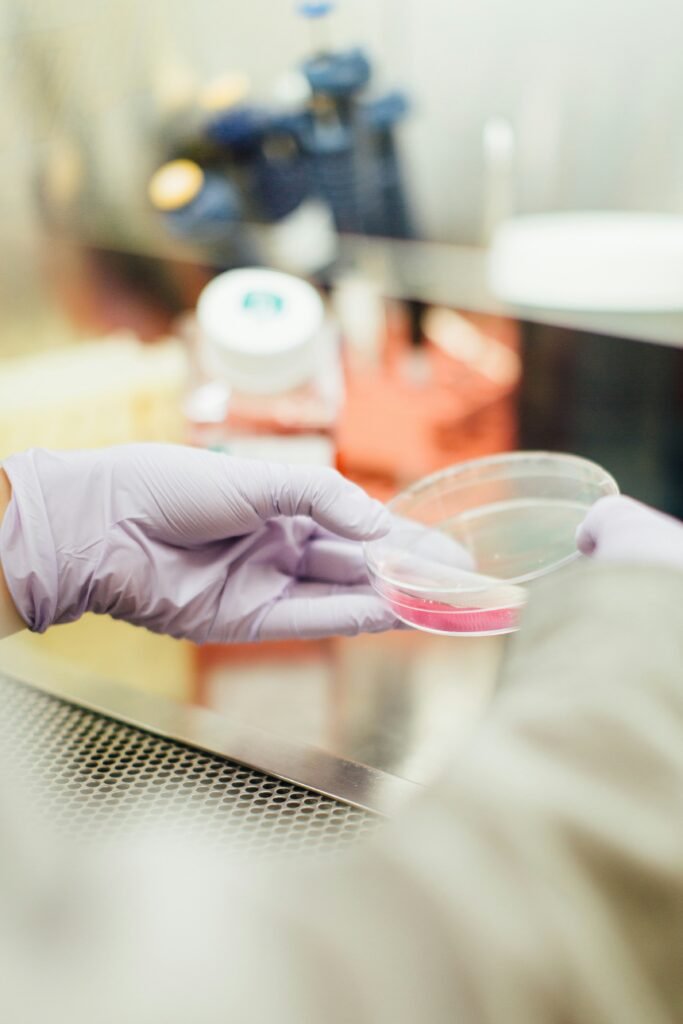Seafood is a beloved dish for many, but it carries certain risks if not prepared properly. One of the most common and unpleasant side effects of eating seafood is foodborne illness, which often leads to diarrhea. This condition can be caused by contaminated seafood, including fish and shellfish, and may occur when they are not cooked, stored, or handled correctly. In this article, we will explore how to avoid and treat diarrhea caused by seafood, as well as discuss common symptoms and preventive measures.
Short summary
Seafood-induced diarrhea refers to gastrointestinal distress caused by consuming contaminated fish or shellfish. The contamination can come from bacteria, viruses, or toxins that affect the digestive system. Symptoms typically include stomach cramps, nausea, vomiting, and watery diarrhea. In severe cases, dehydration may occur, requiring medical attention to restore lost fluids.
How to prevent seafood diarrhea
The key to preventing diarrhea from seafood is practicing proper food hygiene. Here are essential tips:
Cook seafood thoroughly: Ensure fish and shellfish are cooked to the appropriate temperature to kill harmful bacteria and viruses.
Store seafood correctly: Keep seafood at the proper temperature during storage to prevent bacteria growth.
Avoid cross-contamination: Be careful with utensils and surfaces that come into contact with raw seafood.
By following these practices, you can significantly reduce your risk of contracting foodborne illness from seafood.
Understanding the causes of seafood diarrhea
Seafood diarrhea can be triggered by several factors, including bacterial infections, viral contamination, or natural toxins in certain seafood species. Below is a brief look at how these factors can lead to diarrhea:
1. Bacterial infections: Pathogens like Vibrio cholerae or Salmonella can infect seafood, causing gastrointestinal illness.
2. Toxins: Some fish, such as pufferfish, contain natural toxins that can cause symptoms like nausea and diarrhea.
3. Improper storage: If seafood is not stored at the correct temperature, bacteria can multiply, leading to illness.
Common symptoms of seafood diarrhea
The symptoms of diarrhea caused by contaminated seafood can range from mild to severe. Common signs include:
- Abdominal cramps
- Nausea and vomiting
- Watery diarrhea (often yellow or green)
- Fever or chills in severe cases
If symptoms are not addressed, dehydration can occur, which may require medical treatment to prevent complications.
Step-by-Step process: How diarrhea develops from seafood
1. Consumption: The first step is eating contaminated seafood. The contamination can come from bacteria, toxins, or improper food handling.
2. Absorption in the digestive tract: Once consumed, the contaminants pass through the digestive system and may be absorbed into the bloodstream, causing reactions like vomiting and diarrhea.
3. Infection or toxin reaction: The harmful bacteria or toxins cause infection, leading to gastroenteritis, which results in diarrhea, nausea, and other symptoms.
Treatment for seafood diarrhea
If you suspect that you have seafood-induced diarrhea, seek medical advice promptly. Here are some common treatments:
- Hydration: Replacing lost fluids is essential to prevent dehydration. Oral rehydration solutions can help restore electrolytes.
- Antibiotics: In cases of bacterial infection, a doctor may prescribe antibiotics to treat the illness.
- Over-the-Counter Medications: Medicines like loperamide (Imodium) can help control diarrhea, but they should be used with caution and under medical guidance.
FAQs on Seafood Diarrhea
Q: How soon do symptoms appear?
Symptoms can appear within 30 minutes to 6 hours of consuming contaminated seafood, depending on the type of contamination.
Q: What types of bacteria cause seafood diarrhea?
Common culprits include Vibrio parahaemolyticus, Salmonella, and Norovirus.
Q: Can I tell if my seafood is safe to eat?
Look for fresh, well-stored seafood. Avoid fish that has an unusual odor or color, and ensure it has been properly handled.
Q: What should I do if I experience symptoms after eating seafood?
Stay hydrated, avoid solid foods until symptoms subside, and consult a healthcare provider, especially if symptoms are severe or include blood in the stool.
Conclusion
While seafood can be a delicious and nutritious part of your diet, it’s important to understand the risks associated with eating contaminated fish or shellfish. By following proper food safety practices, such as cooking seafood thoroughly and storing it at the right temperature, you can significantly reduce your risk of developing diarrhea and other foodborne illnesses. If you experience symptoms of seafood-induced diarrhea, seek medical attention to prevent complications and ensure proper recovery.

